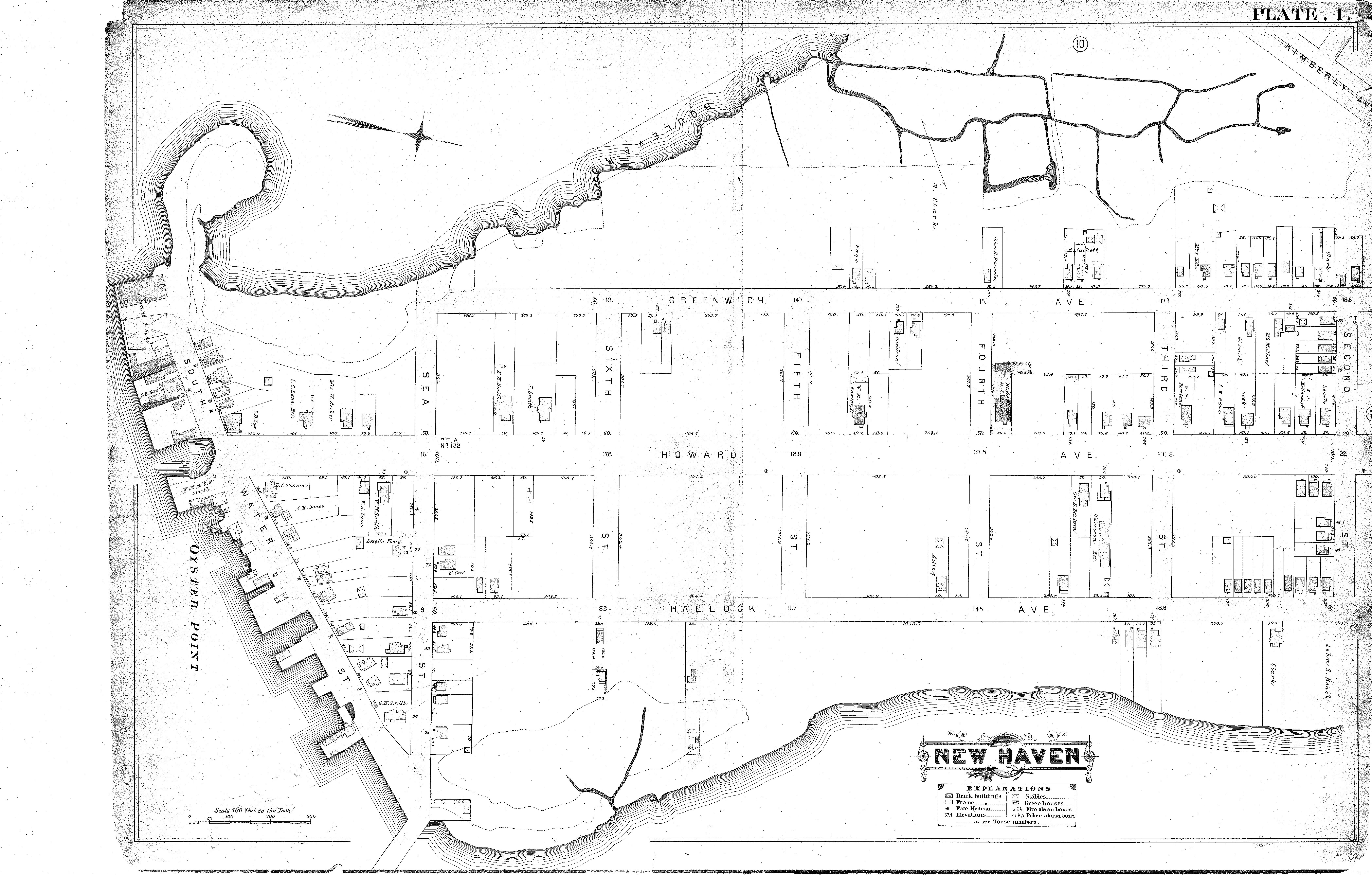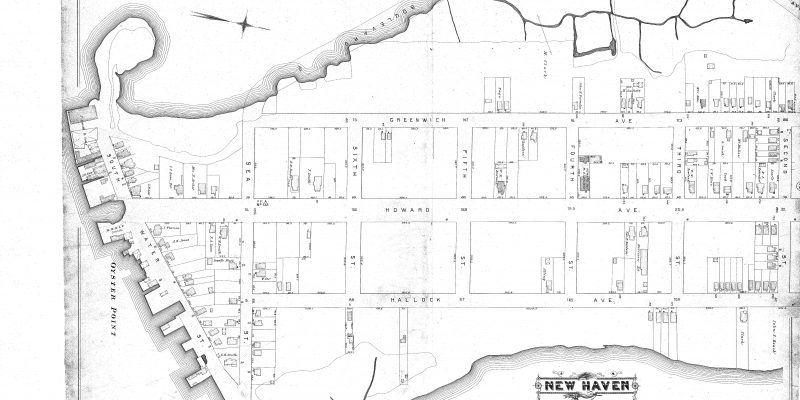Mankind has always preferred to live and prevail in groups of people, who do all of their activities together, and with each other’s support. Hence, the concept of cities, towns, neighborhoods and villages.
If we take a look, at all of the historical human dwellings, a pattern clearly emerges. Most of the central spaces of the past and present communities, have been dedicated for functions. These are of significant importance to the nearby population. In every community, there are common places for social gatherings, such as churches, parks, and other places of economic activities, and public interaction.

By carefully planning towns, cities, and neighborhoods, people are empowered to establish useful and economic friendly spaces. We can proactively encourage neighborhoods, which are pedestrian friendly, and reduce dependence on vehicles, which will also lead to healthier environments. Careful consideration and placement of educational and religious spaces, along with other buildings, like libraries, playgrounds and community centers, social bonds can be encouraged and thrived upon. This kind of neighborhood will become one, where people know each other, and look out for one another, therefore crimes will be considerably reduced.
A well planned area, also is one where commercial zones are distinguished in certain areas, and kept away from places where people congregate. However, the most important factor is how the people of the area perceive their neighborhood. By making sure that the whole area is maintained well; the old buildings are being looked after, trash is not lying around, road signs and public safety are relevant, and criminal activity is reduced, people will perceive their neighborhoods better. By carefully planning all of these things, a better community will come to life.


